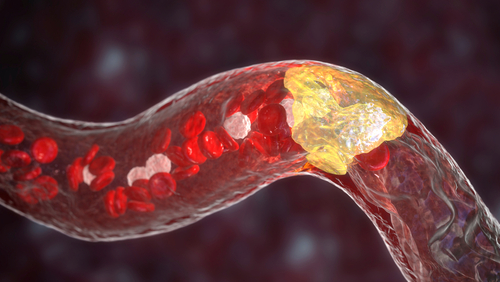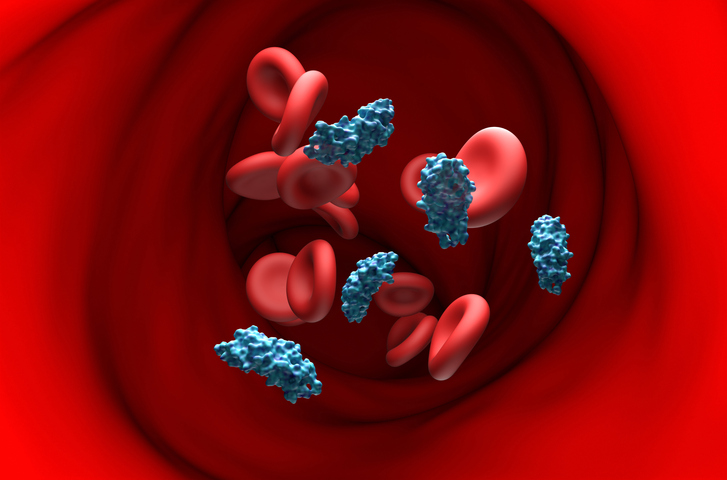
People with higher lipoprotein(a)—or Lp(a)—levels have an increased progression of coronary plaque burden, according to a study published in JAMA Cardiology.
In this single-center, prospective, cohort study, researchers assessed 267 patients (mean age, 57 years) with coronary artery disease (CAD) who underwent per-protocol repeated coronary computed tomography angiography (CCTA). The primary end point of interest was defined as the association between Lp(a) and change in percent plaque volumes. Secondary outcomes included presence of low-density plaque and increased pericoronary adipose tissue attenuation at baseline and follow-up CCTA imaging.
According to the results, patients with Lp(a) levels of 125 nmol/L or higher had twice the percent of atheroma volume (6.9% vs 3.0%; P=.01) compared with patients with Lp(a) levels less than 125 nmol/L. Specifically, the study showed that every doubling of Lp(a) resulted in an additional 0.32% (95% CI, 0.04-0.60) increment in percent atheroma volume during the 10 years of follow-up. Notably, the study showed that patients with higher Lp(a) levels had increased pericoronary adipose tissue around both the right circumflex artery and left anterior descending.
“Using prospective serial CCTA imaging with a 10-year scan interval, we found that higher Lp(a) levels were associated with increased progression of coronary plaque burden. Furthermore, Lp(a) was associated with increased prevalence of low-density noncalcified plaque and pericoronary adipose tissue inflammation,” the researchers concluded. They added that “future studies investigating the effect of Lp(a)-lowering therapies on coronary plaque burden and pericoronary inflammation are eagerly awaited.”






 © 2025 Mashup Media, LLC, a Formedics Property. All Rights Reserved.
© 2025 Mashup Media, LLC, a Formedics Property. All Rights Reserved.